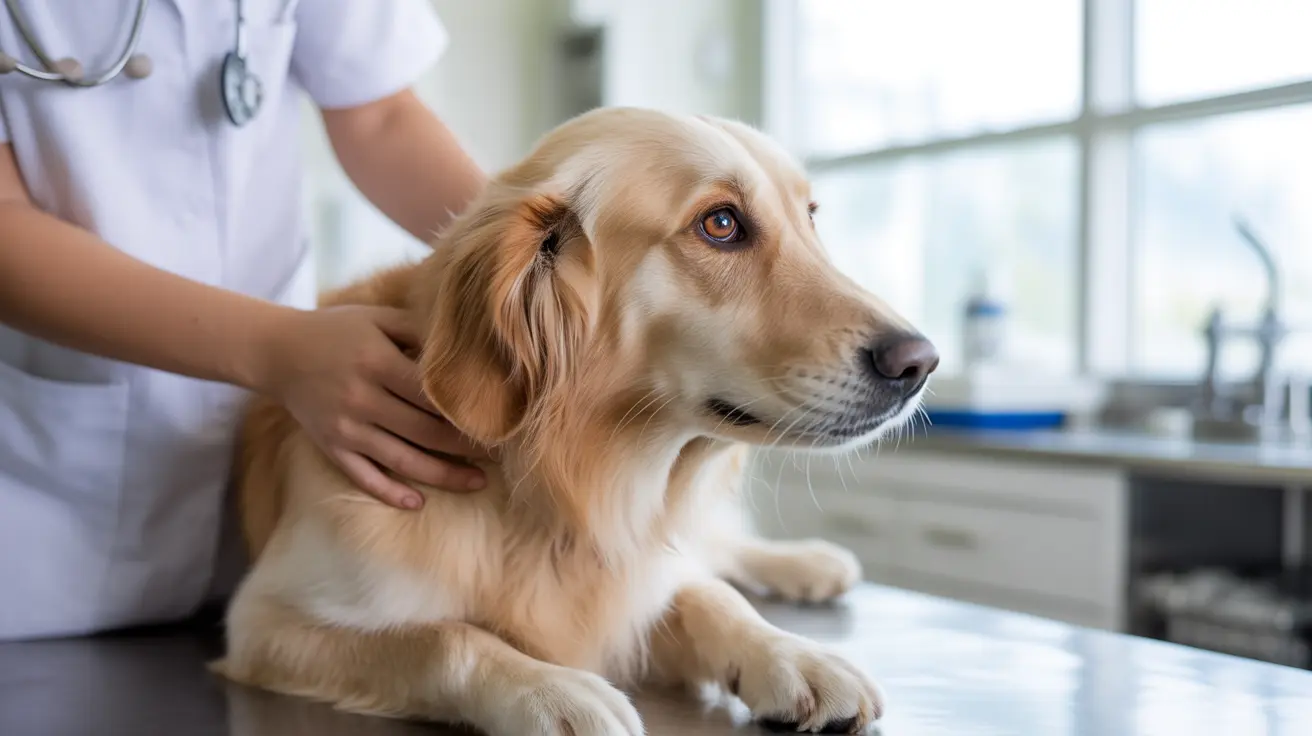How to React When a Dog Humps You: A Practical Guide
Dog humping, also known as mounting, is a natural and common behavior among dogs of all breeds, sexes, and reproductive status. While many people immediately associate humping with sexual behavior, this action can be driven by a variety of motivations. Understanding these triggers allows pet owners to respond constructively. In this guide, we’ll explore why dogs hump and how to respond appropriately when it happens to you.
Why Do Dogs Hump?
Dogs may hump people, other dogs, objects, or even thin air. Reasons include:
- Sexual behavior: Often driven by hormones, especially in unspayed or unneutered dogs. However, even sterilized dogs may continue due to habit.
- Play and excitement: Dogs, including puppies, may hump during play or when overly excited after greetings or activity.
- Attention-seeking: Some dogs learn that humping results in attention, even if it's negative like scolding or laughter.
- Social cues and habits: Humping may be a way of expressing energy or a comforting habit.
- Anxiety and stress: A dog might hump to cope with anxiety, similar to humans biting their nails.
- Medical issues: Discomfort from urinary tract infections, itchy skin, or penile problems can trigger humping.
How Should You React When a Dog Humps You?
Rather than scolding the dog, which can reinforce the behavior through attention, follow these
calm and effective strategies:
- Stay calm: Avoid yelling or laughing. Emotional reactions can unintentionally reinforce the behavior.
- Remove your attention: Gently stand up and walk away if your dog starts humping you. Dogs often hump to gain interaction.
- Redirect their behavior: Instruct them to perform an alternate behavior like “sit,” “down,” or “fetch.” Reward compliance.
- Manage their environment: If your dog repeatedly humps specific toys or items, consider removing those items to reduce temptation.
- Give time-outs: Calmly escort the dog to a neutral, quiet space for a few minutes if they persist in the behavior.
When to Seek Help?
Humping may become problematic if it:
- Occurs compulsively or disrupts daily life
- Causes injury (e.g., skin irritations or penile lesions)
- Is accompanied by signs of stress, anxiety, or aggression
- Is triggered by medical discomfort
In such cases, contact a
veterinarian, certified trainer, or behaviorist to explore deeper causes and develop a tailored response plan.
Preventive Actions
Implementing proactive strategies helps reduce excessive humping over time:
- Increase exercise: Dogs with more physical and mental stimulation are less likely to hump out of boredom or excess energy.
- Train consistently: Reinforce behavioral commands regularly and reward alternatives to humping.
- Avoid punishment: Use positive reinforcement rather than punishment, which can increase anxiety and worsen behavior.
- Spay or neuter: If your vet agrees, this can reduce hormonally driven humping.
- Monitor stress levels: Address environmental changes, lack of routine, or traumatic experiences that could induce anxious behavior.
Quick Reference Table: Reasons and Reactions
| Reason | Reaction |
|---|
| Excitement | Redirect attention with toys or commands |
| Sexual | Consider spaying/neutering |
| Attention-seeking | Withhold immediate attention |
| Stress/Anxiety | Provide calming activities or a safe space |
| Habitual | Use time-outs and retrain with alternatives |
| Medical issue | Schedule vet visit for assessment |
Final Thoughts
Humping behavior in dogs often surprises or embarrasses pet owners, especially when it happens in public or involves guests. However, it is essential to remember that this is a common and usually harmless behavior. By taking a calm, informed, and proactive approach, you can either redirect or reduce the behavior. Understand the underlying cause, respond consistently, and always reward positive habits. When in doubt, reaching out to a professional ensures that your dog’s emotional and physical well-being remains intact.





